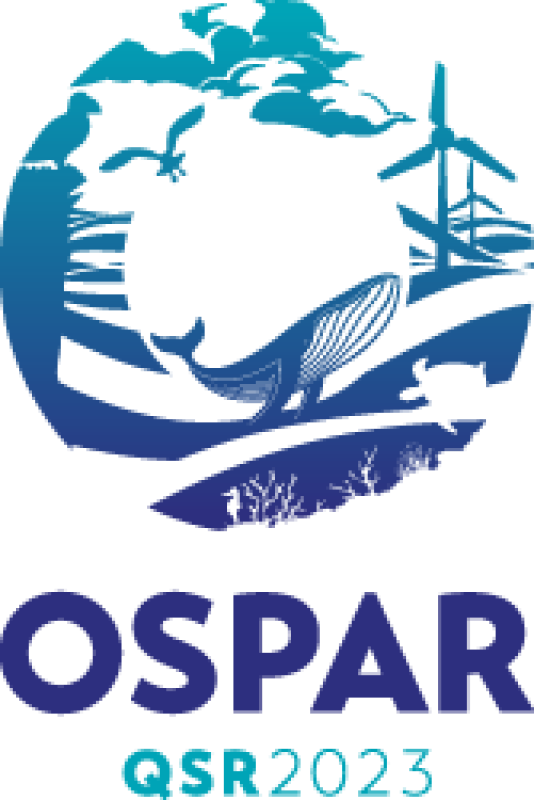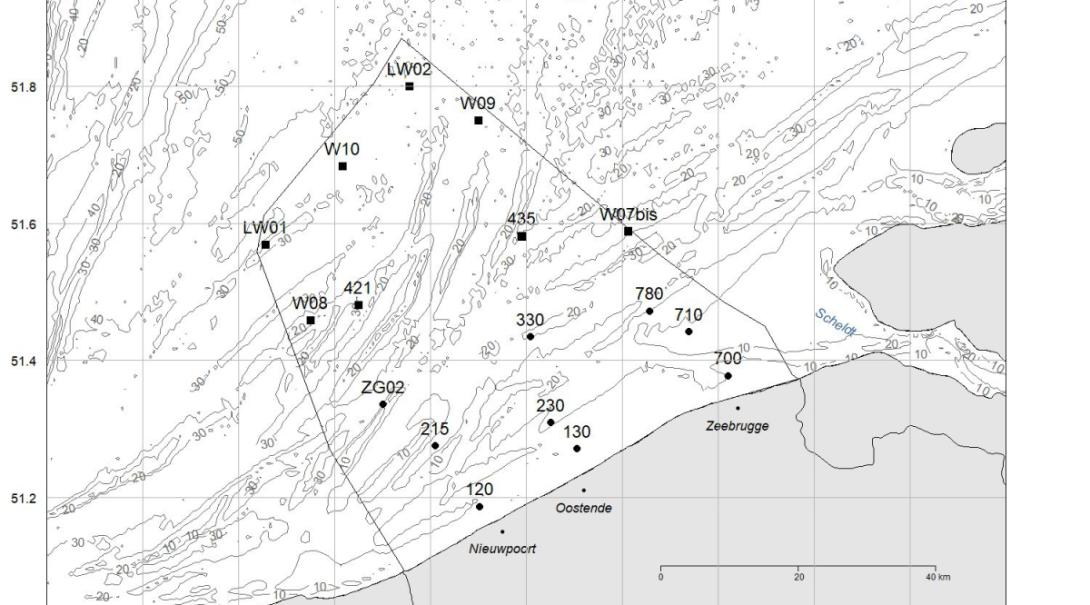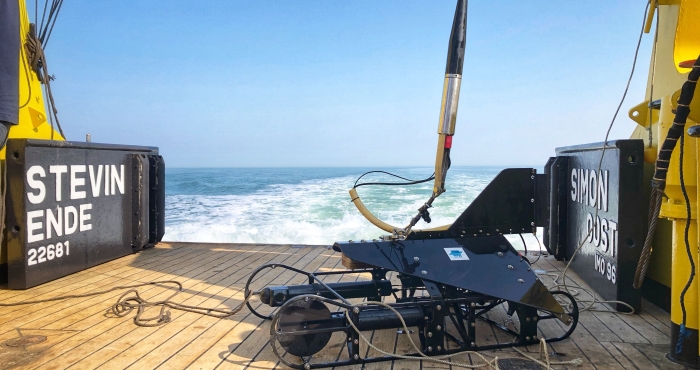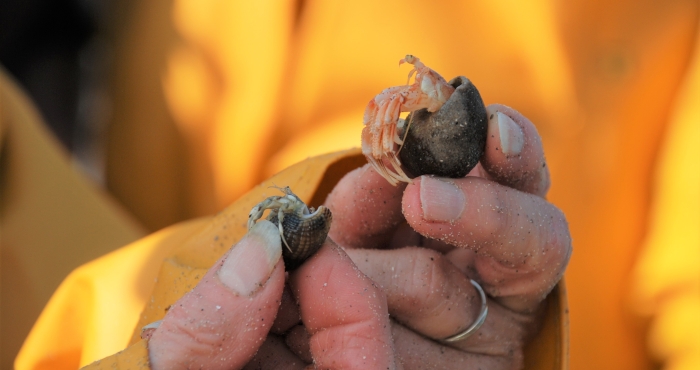Key Publications
Hablützel, P.I., I. Rombouts, N. Dillen, R. Lagaisse, J. Mortelmans, A. Ollevier, M. Perneel, and K. Deneudt. 2021. Exploring new technologies for plankton observations and monitoring of ocean health. Pp. 20–25 in Frontiers in Ocean Observing: Documenting Ecosystems, Understanding Environmental Changes, Forecasting Hazards. E.S. Kappel, S.K. Juniper, S. Seeyave, E. Smith, and M. Visbeck, eds, A Supplement to Oceanography 34(4), https://doi.org/10.5670/oceanog.2021.supplement.02-09.
McQuatters-Gollop, A., Guérin, L., Arroyo, N.L. Aubert, A. Artigas, L.F. Bedford, J. Corcoran, E. Dierschke, V., Elliott, S.A.M. Geelhoed, S.C.V. Gilles, A. González-Irusta, J.M. Haelters, J. Johansen, M. Le Loc'h, F. Lynam, C.P. Niquil, N. Meakins, B. Mitchell, I. Padegimas, B. Pesch, R. Preciado, I. Rombouts, I. Safi, G. Schmitt, P. Schückel, U. Serrano, A. Stebbing, P. De la Torriente, A. Vina-Herbon, C. (2022) Assessing the state of marine biodiversity in the Northeast Atlantic. Ecological Indicators 141. https://doi.org/10.1016/j.ecolind.2022.109148
Rombouts, I., Simon, N., Aubert, A., Cariou, T., Feunteun, E. Guérin, L. Hoebeke, M. McQuatters-Gollop, A. Rigaut-Jalabert, F. Artigas, L.F. (2019) Changes in marine phytoplankton diversity: Assessment under the Marine Strategy Framework Directive, Ecological Indicators 102: 265-277. https://doi.org/10.1016/j.ecolind.2019.02.009.
Ostle, C., Paxman, K., Graves, C. A., Arnold, M., Artigas, L. F., Atkinson, A., Aubert, A., Baptie, M., Bear, B., Bedford, J., Best, M., Bresnan, E., Brittain, R., Broughton, D., Budria, A., Cook, K., Devlin, M., Graham, G., Halliday, N., Hélaouët, P., Johansen, M., Johns, D. G., Lear, D., Machairopoulou, M., McKinney, A., Mellor, A., Milligan, A., Pitois, S., Rombouts, I., Scherer, C., Tett, P., Widdicombe, C., and McQuatters-Gollop, A. (2021) The Plankton Lifeform Extraction Tool: a digital tool to increase the discoverability and usability of plankton time-series data, Earth Syst. Sci. Data, 13, 5617–5642, https://doi.org/10.5194/essd-13-5617-2021.
Scripts
OSPAR common indicator: Pelagic Indicator 1
EcApRHA
NEA-PANACEA
MSP4BIO
WISE Marine
MARCOBOLO (no weblink yet)
DTO-BIOFLOW (no weblink yet)
Contact
E-mail: info@lifewatch.be
Useful links
FLOWcam: Learn about the Flow Cytometer And Microscope of the Belgian LifeWatch Observatory.
ZooScan: Learn more about the ZooScan of the Belgian LifeWatch Observatory.
EU Marine Strategy Framework Directive
OSPAR Quality Status Report 2023
Marine Strategy Framework Directive
Kaderrichtlijn Mariene Strategie





